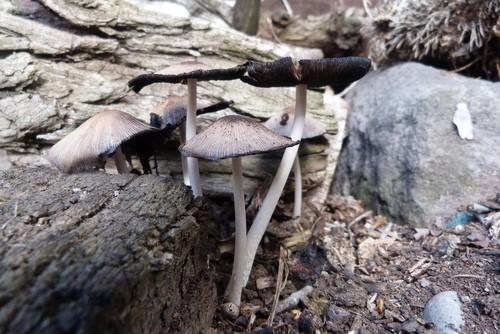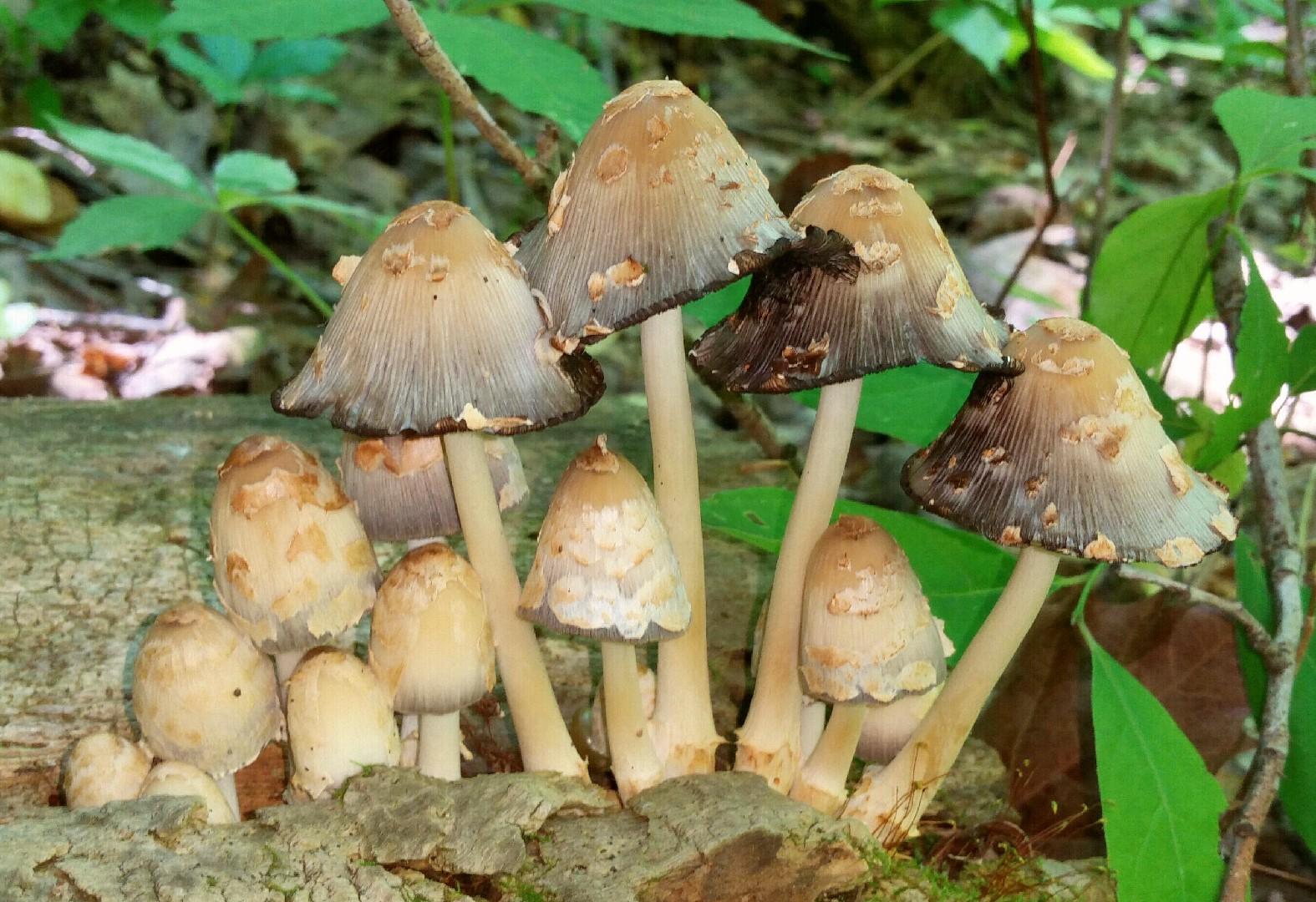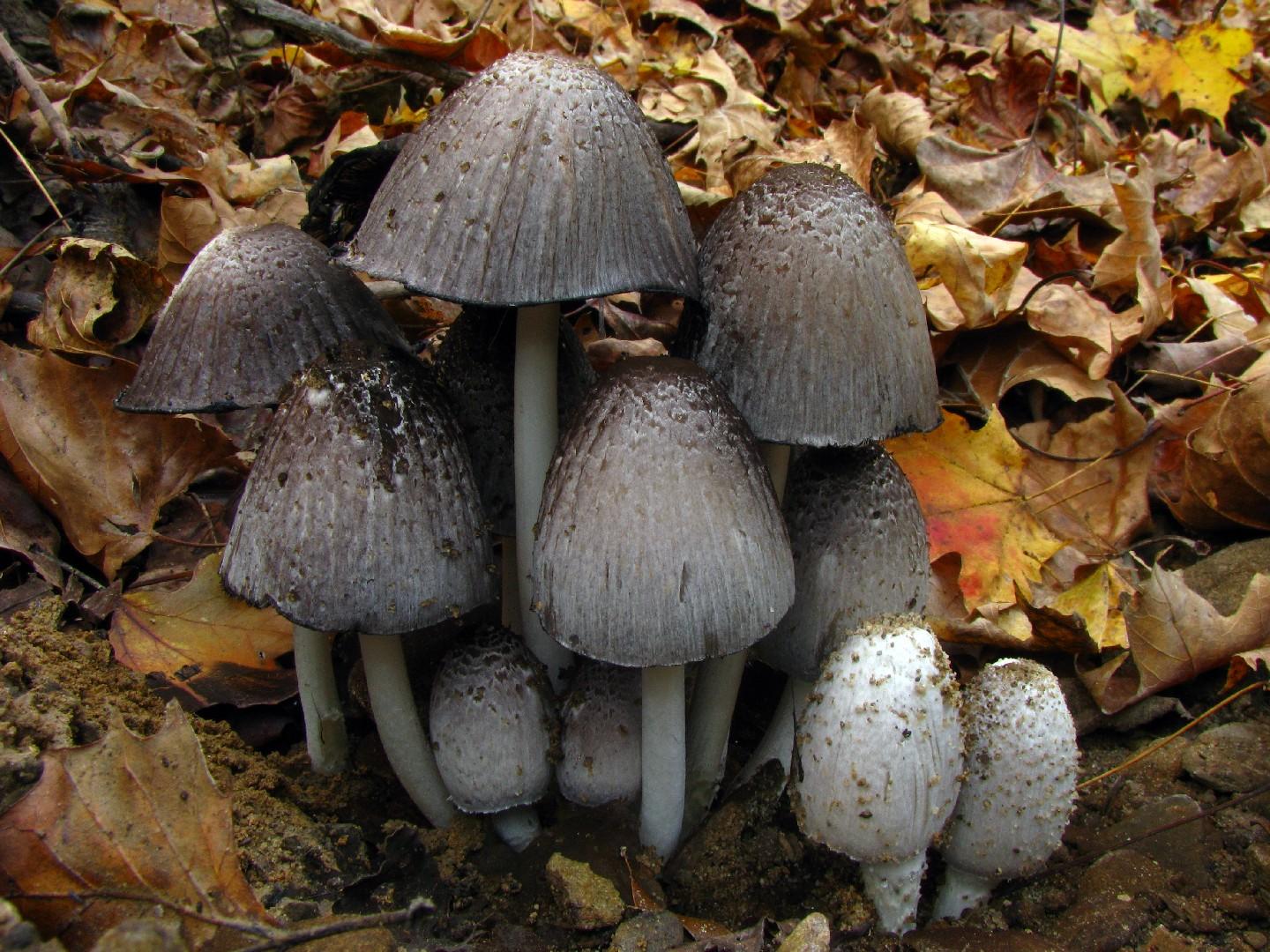

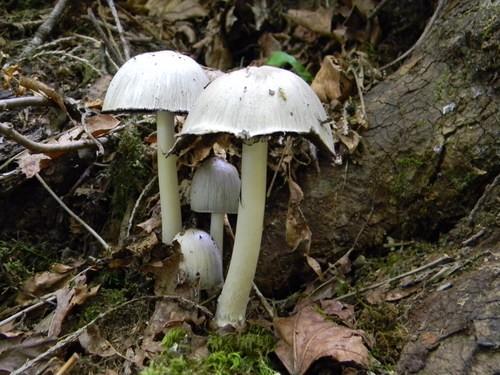
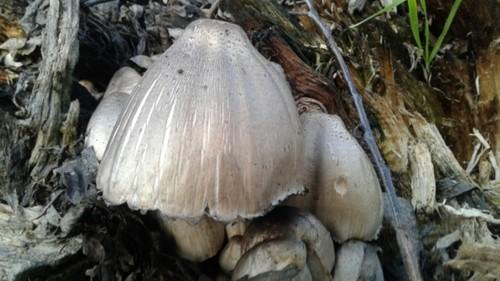
Common ink cap
Coprinopsis atramentaria
A species of Coprinopsis. Also known as Common inkcap, Tippler's bane.
The Coprinopsis atramentaria, commonly known as the common ink cap, frequently emerges in clusters from subterranean timber or decaying tree stumps. Their remarkable vigor is such that they are capable of displacing pavement or puncturing asphalt. Over time, their lamellae will darken and dissolve into a fluid, yielding the characteristic inky liquid from which they derive their name.
Attributes of Common ink cap
Scientific Classification of Common ink cap
Toxicity and Edibility of Common ink cap
Is Common ink cap Toxic?
The Coprinopsis atramentaria, commonly known as the common ink cap, prefers damp environments and is frequently encountered in spring and autumn. Ingesting this mushroom can trigger a range of health problems, including trembling, reddening of the skin, decreased blood pressure, and even feelings of unease. Its distinctive ink-secreting gills often cause it to be mistaken for edible species. Errors in identification and subsequent consumption can result in significant distress.
Is Common ink cap Toxic to Dogs?
Common ink cap can be dangerous to dogs. If your pet has consumed this mushroom, seek immediate veterinary attention. Symptoms may vary, but early intervention is crucial for the best outcome.
